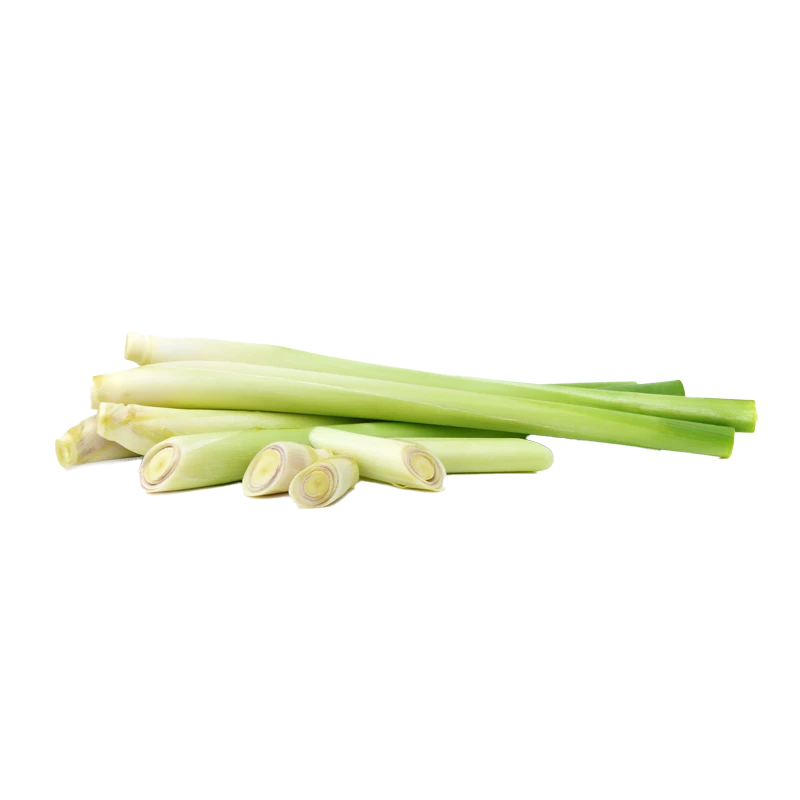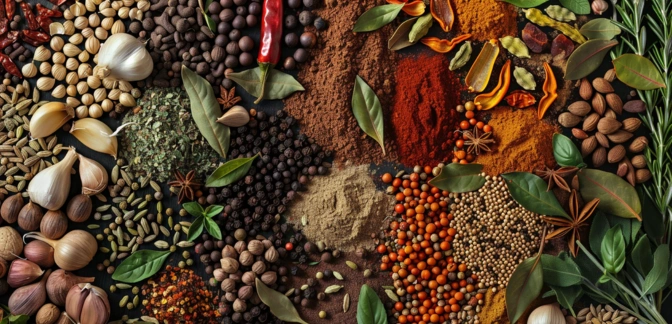Lemongrass — Nutrients, Health Benefits, And Shopping Tips

Written by Listonic Team
Last update on September 4, 2024
Nutrition facts
Nutrition facts
Amount per 100 g
Calories
🔥 99 kcal
| Nutrition per: 100 g | Value | % Daily Value* |
|---|---|---|
| Carbs | 25 g | 9.09% |
| Fiber | 0 g | - |
| Sugars | 0 g | - |
| Glycemic Index | 55 | - |
| Protein | 2 g | 4% |
| Sodium | 6 mg | 0.26% |
| Total Fat | 1 g | 1.28% |
*The % of Daily Value (DV) tells you how much a nutrient in a serving of food contributes to a daily diet. 2,000 calories a day is used for general nutrition advice.
55
🟢 Low Glycemic Index
1 g
🥕 Low Fat Content
Did you know?
Health benefits
- Rich in antioxidants such as flavonoids and phenolic compounds, which help protect the body from free radicals and reduce inflammation.
- Supports digestive health by stimulating the production of digestive enzymes and reducing symptoms of indigestion and bloating.
- Contains antimicrobial properties, which can help fight off infections and improve overall health.
- May support heart health by helping to lower cholesterol levels and blood pressure.
- Low in calories, making it a nutritious addition to a balanced diet.
Health risks
- Potential for allergic reactions in some individuals, causing symptoms like itching, swelling, or difficulty breathing, particularly those allergic to grasses.
- Risk of digestive discomfort such as stomach pain or diarrhea when consumed in large quantities, particularly in sensitive individuals.
- Potential for contamination with pesticides or harmful bacteria if not properly washed or sourced from a reputable supplier.
- Potential interactions with medications particularly blood thinners, as lemongrass may have mild anticoagulant effects.
How to choose lemongrass
Lemongrass stalks should be pale green at the base and taper to a darker green at the tips, reflecting their freshness and readiness for use. The stalks should feel sturdy and emit a lemony scent when crushed slightly, which showcases their potency and essential oils.
Avoid lemongrass that appears dry or brittle, or has a faded color, as these are indicators that it is no longer fresh. Quality lemongrass will impart a bright, citrus flavor to your dishes, making it essential for many Southeast Asian recipes.

How to store lemongrass
Store lemongrass in the refrigerator wrapped in a damp paper towel and placed in a plastic bag. Keep it in the crisper drawer to maintain its freshness. Properly stored lemongrass can last up to two weeks.
Avoid storing lemongrass at room temperature for extended periods, as it can dry out and lose its flavor. Do not wash lemongrass before storing as excess moisture can cause it to rot. Trim the ends and peel away the outer layers just before use.
✅ Extra Tip
How long do they last?
Lemongrass can last for 2-3 weeks in the refrigerator when stored in a plastic bag or container. For longer storage, lemongrass can be frozen, lasting up to 6 months.
What to do with leftovers?
Leftover lemongrass can be used in a variety of culinary and non-culinary ways. In the kitchen, lemongrass adds a fresh, citrusy flavor to dishes like soups, curries, stir-fries, and marinades. It’s commonly used in Southeast Asian cuisine and can be steeped in hot water to make a refreshing tea.
Beyond cooking, lemongrass has several other uses. It can be used in homemade herbal teas that are traditionally believed to help aid digestion and reduce stress. Lemongrass can also be used as a natural insect repellent; its strong scent helps deter mosquitoes and other pests, making it useful in outdoor areas. Additionally, lemongrass can be added to homemade beauty products like soaps, scrubs, or bath salts, where its refreshing fragrance and antibacterial properties are beneficial. You can also dry lemongrass and use it in potpourri or sachets to freshen up closets and drawers.
👨⚕️️ Medical disclaimer
Discover products from other categories
Listonic Team
Fact-checked
Our editorial team checked this article to make sure it was accurate at the time of publishing it.
Get the top-rated shopping list app on your phone!







